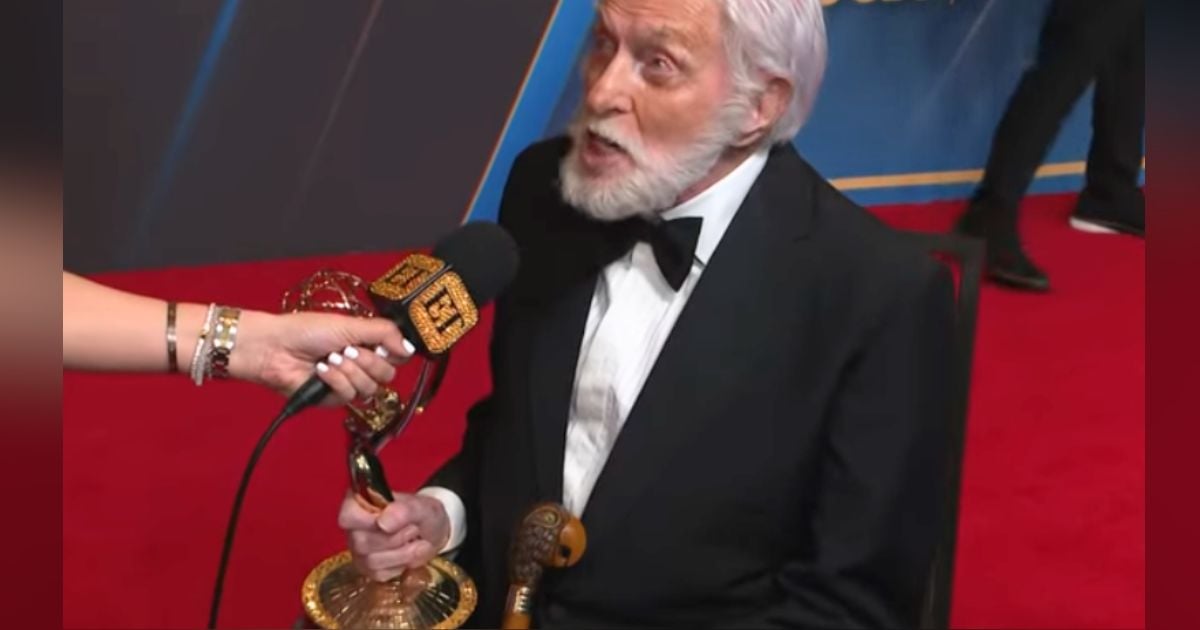Some people come to the music scene and make ripples, some come and make waves, and some come and start an entire revolution.
For the music genre of jazz and worlds beyond that, Louis Armstrong successfully shifted both perspective and sound in ways that have gone on to influence all musicians after him.


Armstrong was born in New Orleans in 1901, delivered into a life of poverty at the turn of the century.
At the tender age of 11, he found himself interested in music. It was then that he began to harmonize with other performers on street corners and also took up a toy horn. Armstrong spent a few of his teenage years in and out of a local Home for Boys, flirting with trouble. It was there that his desire to learn music was fed, and in 1914, he took to the streets of New Orleans playing the cornet.
By the 1920s, Armstrong’s musical legacy was already beginning to unfold.


He became well-known for his distinctive trumpet playing.


He revolutionized the world of jazz as he helped to introduce it to the “extended solo.”
Up until Armstrong, jazz music was either played in highly orchestrated arrangements or loose ensembles. It wasn’t before long that musicians far and wide began to imitate his style.
Armstrong was also well-known for his unique vocal style, a fame that finally caught up with him in the 1950s. Although he had been singing his entire career, it wasn’t fully recognized until then. His style was all his own. He often improvised jazz riffs with his voice, and scatted notes instead of singing actual words.
Amid his beloved career, Armstrong became known for transforming traditional church songs into jazz melodies.


For instance, check out this stunning performance of “When The Saints Go Marching In.”


In this video, Armstrong appears entirely in his element—his bright smile does more than light the room!
It’s easy to see his charisma, something that carried him far and wide.


He introduces the song before motioning to the drummer to pick up a beat.


And then, in one swoop, the traditional church song is transformed into something fit for a brass band. Armstrong excelled at doing just that—creating new traditions.


It’s not before long that he begins to sing, his remarkably popular rough and throaty voice delivering the beloved lyrics.


“Oh, when the saints go marching in
Oh, when the saints go marching in
Oh Lord I want to be in that number
When the saints go marching in.”
This same voice, when he shared it with the world, almost instantly became the voice of jazz itself. His style went on to influence singers such as Billie Holiday and Frank Sinatra.
The song continues, as the band breaks it down, instrument by instrument. This extended solo was what Armstrong was all about!


As he puts the trumpet to his lips, he gives a classic solo that fills the room with weightlessness.
In this video, it’s easy to see this icon for everything he is!


Many acknowledge Armstrong appropriately as a father of music, a master of his craft and a virtuoso.
“If anybody was Mr. Jazz it was Louis Armstrong. He was the epitome of jazz and always will be. He is what I call an American standard, an American original.”
Check out this classic performance yourself in the video below.
Please SHARE this with your friends and family.















